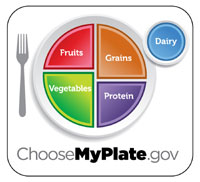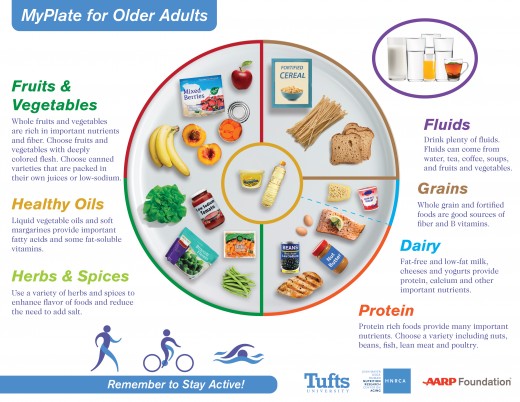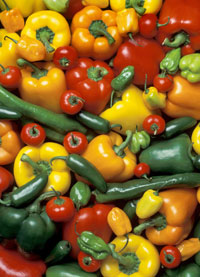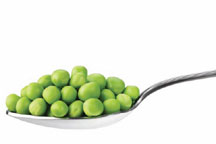 On Monday, August 21, 2017, all of North America will be treated to an eclipse of the sun. Why not make a tasty and fun snack to celebrate the day?
On Monday, August 21, 2017, all of North America will be treated to an eclipse of the sun. Why not make a tasty and fun snack to celebrate the day?
Edible Eclipse
3 peach slices
2 Tablespoons vanilla yogurt
1/2 black plum
Lay peach slices in a circle on a plate. Scoop yogurt on the peach slices. Top with the black plum half.
Makes 1 serving. Each serving contains 60 calories, 1 gram of fat, 13 grams of carbohydrate, 1 gram of fiber and 19 mg sodium.
This snack is not only great because it resembles the eclipse but it’s also a great time to enjoy peaches and plums when they are at their peak in late summer. Here is a little more information on these delicious fruits:
- Peaches, nectarines, plums, apricots, and cherries are all closely related members of the Prunus genus. They are commonly referred to as stone fruits because their seeds are very large and hard like a stone.
- If peaches or plums are too firm and need to ripen, place them in a loosely closed paper bag at room temperature. Check daily until soft enough to eat.
- If you won’t be eating the peaches right away after slicing, keep them from turning brown by sprinkling with orange juice.
- Peaches and plums are tasty snacks eaten whole, chopped, or sliced. Add chopped peaches and plums to yogurt, cold cereal, or oatmeal to add sweetness and flavor. Peaches and plums can be mixed into the batter for pancakes, waffles, muffins, or bread.
Sources:
Peaches – Household USDA Foods Fact Sheet from USDA
Stone Fruits: Peaches, Nectarines, Plums, Apricots, and Cherries from Penn State
http://food.unl.edu/edible-eclipse







